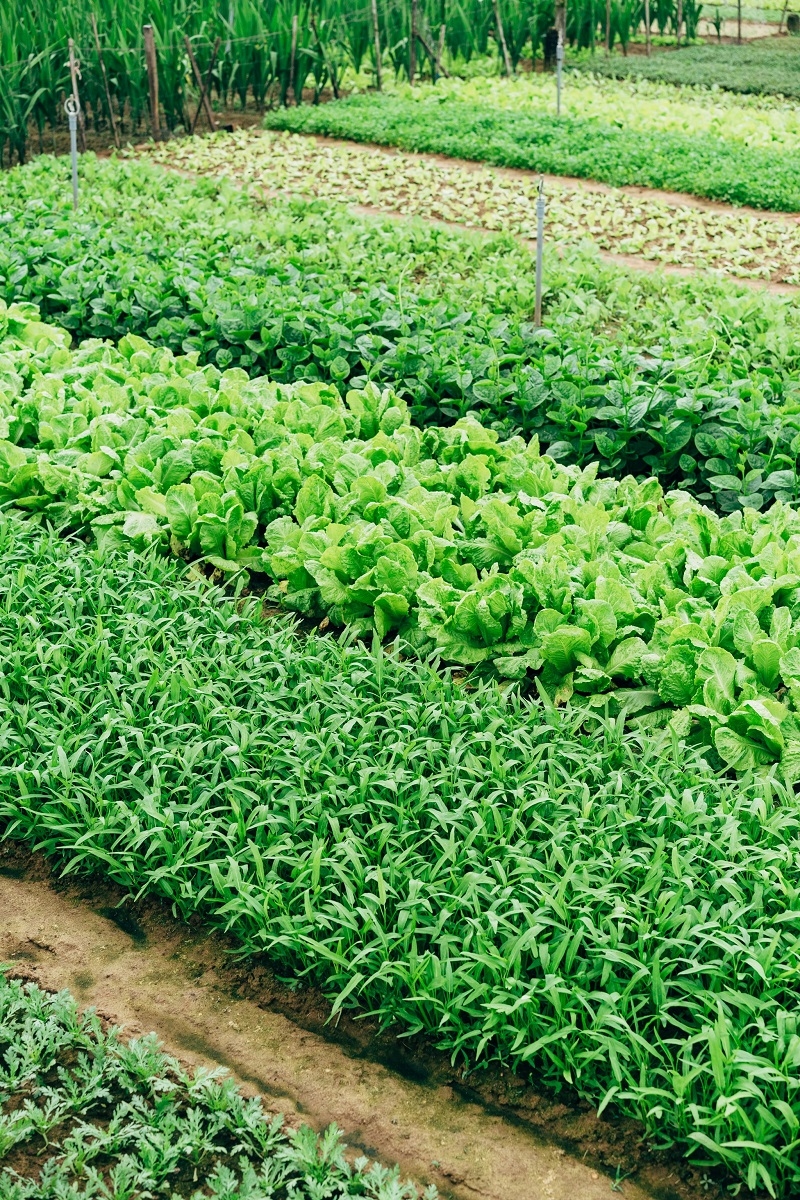How to Become a Master Gardener
Are you interested in combining your gardening skill with in-depth horticultural knowledge and helping your community? If so, consider becoming a Master Gardener! It’s the perfect way to combine a love of gardening with teaching and community. There are programs all across the United States to become a Master Gardener, too, so you’re not limited by your location!
If the concept sounds interesting, keep reading to learn what a Master Gardener does, how to pursue the opportunity, and the impact you could make on your community by doing so!
What is a Master Gardener?
Master Gardeners are citizens and volunteers who work with their local communities to teach and provide horticultural knowledge. They bring gardening to the public and work hard to do so. They’re valuable sources of knowledge, as they’ll be familiar with many gardening techniques, plants, and basic related flora and fauna for the region. They’re a go-to source if you want to know more about your gardening zone, too, which is crucial before doing any sort of planting.
Why Are Master Gardeners Important?
Master Gardeners make knowledge accessible to local communities. They give lectures, hold classes, and maybe even send out things like newsletters and other communications. They connect people with the land around them and teach what can be done with it, from choosing native plant species to understanding possible pests and diseases you’ll encounter.
Master Gardeners put in many hours of work to gain their knowledge. They continue to offer more of their time by offering their skills to the public. Knowledge is invaluable, and volunteers willing to offer it for free, for the good of the community, are priceless!
What Do Master Gardeners Do?
Master Gardeners participate in their communities in a few different ways. It will vary from region to region and depends partly on the schedule of the Master Gardener themselves. They are volunteers, after all! If you stick with the path of becoming a Master Gardener, you’ll likely do some (or all) of the following:
- Give lectures on various horticultural topics, such as water-friendly landscaping, vegetable gardening, pruning, and more
- Create and maintain demonstration gardens to show the public, including ornamental gardens
- Fielding phone calls and requests about certain garden or horticultural questions
- Run or work at events and projects for special groups (children, the elderly, and so on)
- Fundraising for gardening or environmental projects
- Create community projects centered around gardening, horticultural, or an area of their expertise
In addition to the list above, Master Gardeners have one very important duty. They coordinate, run, and teach Master Gardener programs! If you choose to train as a Master Gardener, you’ll be learning from someone already holding the title. It’s one of the biggest ways that Master Gardeners give back to their community – by ensuring that the gift of knowledge keeps on giving!
How Can You Become a Master Gardener?
After reading about the importance of Master Gardeners, are you convinced to become one yet? If so, follow the steps below and you’re certain to achieve the goal! It does take dedication, time, and work, but it’s all for the good of your community. It’s fun, too! After all, Master Gardeners tend to start off with an existing love of gardening and horticulture, so the programs hone skills and hobbies already there!
Without further ado, here’s how you’ll begin your journey as a Master Gardener.
Step 1 – Find Your Program
As stated above, there are Master Gardener programs all over the country. The simplest way to find the one closest to you is to contact your county Extension Services or Extension Office. Extension Services exist in most counties across the US and they’re there for your local gardening needs, so they’re the perfect home for Master Gardeners.
Extension Services has information about upcoming Master Gardener programs so you won’t miss your chance.
Step 2 – Apply
Most programs have some sort of application process and fee. For instance, the Williamson County Master Gardener Program costs $150 and has a limited window for registration. If you’re interested in one of the programs, apply early to secure your spot!
Step 3 – Take Classes
Requirements vary from program to program but expect to take around 50 hours’ worth of classes during the program. You’ll study horticulture, some native flora and fauna, plant disease, growing fruit and vegetables, and many other things. In addition to the initial course requirement, Master Gardeners will likely take continuing education classes each year. It keeps them up to date with the latest gardening techniques and any relevant changes or information so they can pass it on to the public.
4 – Volunteer
Master Gardeners are volunteers, so it stands to reason that volunteering is part of the requirement. Exact parameters change between programs but expect to spend dozens of hours volunteering. Fortunately, if you’re training to become a Master Gardener, you’ll just get an early taste of what it’s like.
Like the education portion, there are ongoing volunteer requirements. These requirements should be easy to meet if you’re an active Master Gardener, though, as anything you do is volunteer work.
Final Thoughts
Stoney Creek Farm knows firsthand how valuable and informative these Master Gardener programs are. We took one years ago and learned an abundance of helpful information. It’s an experience we won’t soon forget! Master Gardeners possess the know-how and skill to elevate even amateur and beginner gardeners, making it a noble and informative pursuit.
For more gardening tips and tricks, be sure to check us out on YouTube. We post information related to gardening, homesteading, and more. It’s our way of giving back to the community and helping people along their gardening journey – whatever it may look like.


